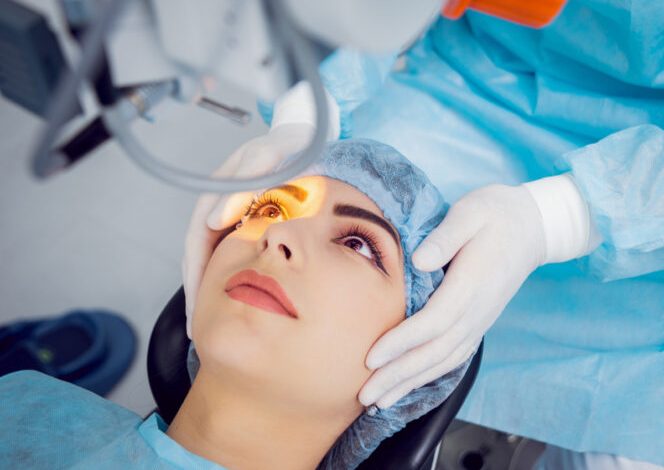Top Benefits Of LASIK Eye Surgery

LASIK eye surgery is one of the most popular and effective vision correction surgeries available. It can help people who are nearsighted (myopic), farsighted (hyperopic) or have astigmatism.
LASIK Austin works by reshaping the cornea with a laser, which corrects your refractive error. This can improve your eyesight to 20/20 or better, depending on your individual case.
It’s safe
LASIK is one of the safest vision correction procedures on the market, with very low complications and a high patient satisfaction rate. During the procedure, lasers make very precise incisions on your cornea to reshape it so light can enter it the right way and take the proper path to your retina.
The reshaped cornea allows light to enter the eye more clearly, making it easier for you to see objects up close and far away. Almost all patients achieve 20/20 vision or better after LASIK.
Some people may need an enhancement procedure (known as a touch up) after their primary surgery to get the best results possible. You may also have to continue using glasses or contact lenses, especially if you have an age-related loss of near vision called presbyopia.
Complications are rare, and most side effects fade on their own in six months or less. However, some risks include dry eyes, sensitivity to light and glares or halos around lights, which can be a problem driving at night.
It’s quick
Laser eye surgery is one of the fastest and most convenient ways to receive clear vision. This procedure reshapes the cornea so that light can enter the eye properly and be focused on the retina for sharp, crisp vision.
Your LASIK surgeon will start the procedure by using a small speculum to stabilize your eye and then use eye drops to numb your eyes. Next, a flap is cut in your cornea.
During this step, your doctor uses a laser that is about the speed of a housefly flapping its wings. This is called a “femtosecond” laser and it preps your eye for the vision correction part of the LASIK surgery.
Then, the laser removes tissue from your eye by vaporizing it with pulses of energy. The laser pulses are controlled by a computer, so that the correct amount of energy is used to vaporize your cornea.
It’s affordable
LASIK is one of the most affordable options for vision correction. The cost can depend on a number of factors, including the type of laser used, the experience level of the surgeon and the facility that performs the procedure.
Some LASIK surgery centers and private medical practices offer financing plans that allow patients to pay for the treatment in monthly installments. These plans are typically available through a healthcare credit card, such as CareCredit.
If you’re interested in LASIK, your eye doctor can help you determine whether it is an option for you. During an initial consultation, your doctor will evaluate your current vision and your eye health.
Some low-cost LASIK offers are bait and switch sales tactics that will leave you paying more than you expected. In most cases, these deals are based on outdated technology and are geared to attract more money than what they really cost. These offers often come with hidden fees and qualifying criteria that will increase your final LASIK cost significantly.
It’s effective
Laser-assisted in situ keratomileusis (LASIK) is one of the most common types of refractive surgery to correct vision problems like myopia, hyperopia and astigmatism. The procedure reshapes the cornea, the front surface of the eye.
The first step in the LASIK process is to create a flap of corneal tissue that’s cut and lifted off the eye with a special blade or laser. The flap is carefully repositioned later on, so that light is focused properly onto the retina for clearer vision.
LASIK is a safe and effective way to correct vision problems like myopia, hyperopia or astigmatism. However, it’s not right for everyone.
Some people are better suited for PRK, which involves scraping away the top of the cornea rather than creating a flap. This approach is less invasive and can be used to correct more severe nearsightedness (myopia). But it also results in abrasions of the top of the cornea that can cause discomfort and blurry vision.





